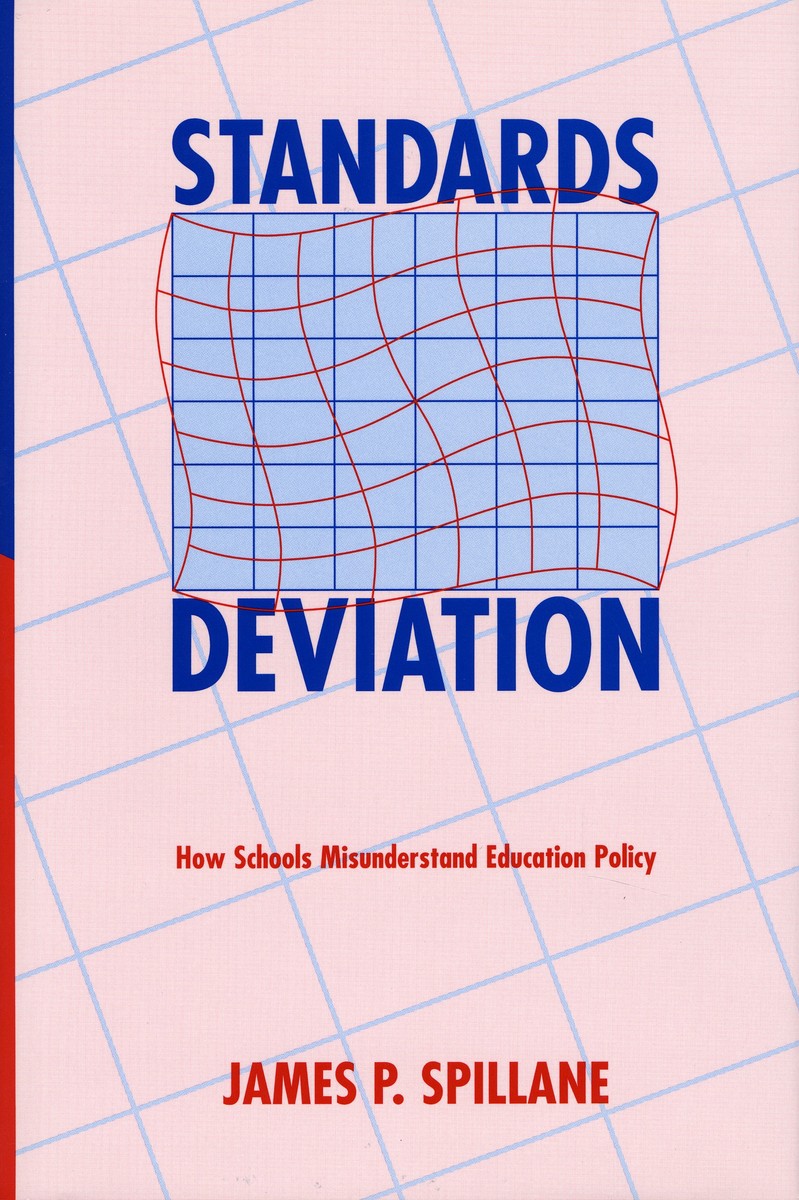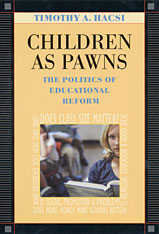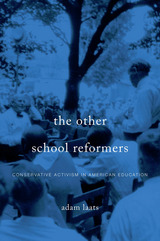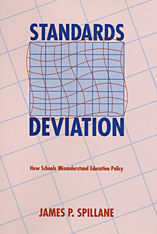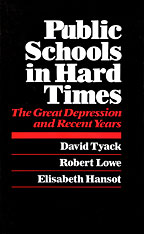Paper: 978-0-674-02109-9 | eISBN: 978-0-674-04392-3 | Cloth: 978-0-674-01323-0
Library of Congress Classification LC89.S54 2004
Dewey Decimal Classification 379.73
What happens to federal and state policies as they move from legislative chambers to individual districts, schools, and, ultimately, classrooms? Although policy implementation is generally seen as an administrative problem, James Spillane reminds us that it is also a psychological problem.
After intensively studying several school districts' responses to new statewide science and math teaching policies in the early 1990s, Spillane argues that administrators and teachers are inclined to assimilate new policies into current practices. As new programs are communicated through administrative levels, the understanding of them becomes increasingly distorted, no matter how sincerely the new ideas are endorsed. Such patterns of well-intentioned misunderstanding highlight the need for systematic training and continuing support for the local administrators and teachers who are entrusted with carrying out large-scale educational change, classroom by classroom.
See other books on: Administration | Education and state | Organizations & Institutions | Public Policy | Standards
See other titles from Harvard University Press
